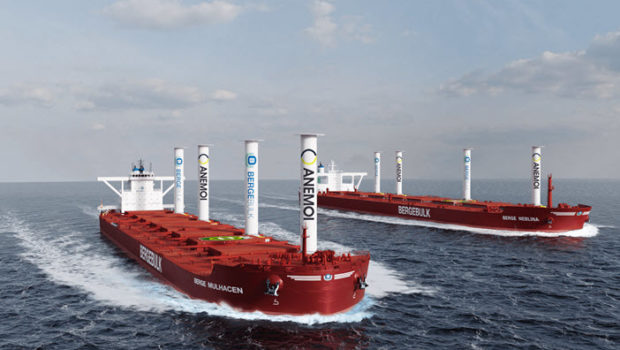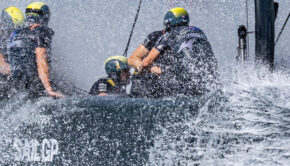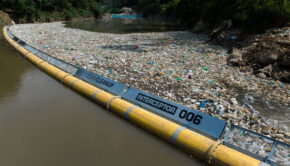Maybe Stan Honey can save the planet
Published on November 29th, 2022
Efforts by the global community to reduce emissions likes to point its spotlight on transport ships, which deflects attention with dreamy visions of billowing sails propelling goods across oceans. It feels so far-fetched, yet now the proposals include smooth hull bottoms and weather routing.
Sounds like offshore racing, right? Maybe esteemed navigator and inventor Stan Honey can save the planet. Amid unicorns and rainbows, the ship tracking service MarineTraffic offers this update on moving the needle:
As this year’s United Nations climate change conference, known as COP27, comes to a close, governments will be scrambling to finalize agreements on which individual nations and industries can base their renewed efforts to reduce global warming. That’s the theory anyway.
For its part, reports suggest that shipping was visible and ready to participate. IMO has been waving the virtual maritime flag in Egypt, where the conference took place, participating in more than 12 events, including presentations given by the secretary general, Mr Kitak Lim. Further, more than 40 pledges were made to support the transition to green shipping by countries and individual companies, including Amazon. These announcements have been gathered under the Green Shipping Challenge, organized by Norway and the United States.
Whilst the number of projects put forward is encouraging, critics argue that some lack substance and understanding of shipping’s involvement in the logistics chain.
COP27 aside, November has been a busy month for maritime as it rigorously pursues its emissions-reduction pathway. On 1 November, the new Energy Efficiency Existing Ship Index (EEXI) and Carbon Intensity Indicator (CII) came into force. These two new IMO regulations are some of the toughest emissions reduction requirements that shipping has had to implement to date. They take a two-prong approach – the EEXI measures the technical or design efficiency of a ship, whereas the CII measures the operational efficiency.
The industry is having to take a hard look at itself to meet the strict new criteria which comes into effect on 1 January next year. Older tonnage in particular is at risk of receiving scores towards the bottom of the rating system, potentially reducing the commercial viability of this section of the world fleet.
What then, should owners do to secure a higher score, especially in relation to the CII, which will be an ongoing concern for owners whereas the EEXI is a one-off rating?
There are a few recommended technologies and tools that can increase existing ships’ efficiency levels and reduce their emissions that do not impact the overall design, operations or fuel used by the vessel.
Amongst these are weather routing and just-in-time arrivals; high-end hull coatings, which reduce friction and minimize biofouling for maximum efficiency and minimal fuel; or, employing the use of wind-assisted technology to provide auxiliary power to the ship, again reducing fuel consumption. – Full report









 We’ll keep your information safe.
We’ll keep your information safe.